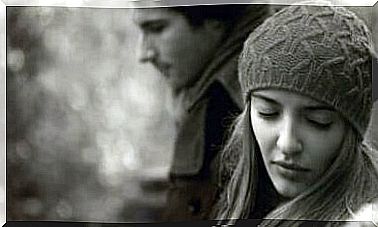A Short Version Of The Story Of Psychotherapy

Psychotherapy is a very new branch of psychology. In fact, it did not really exist until the last quarter of the 19th century, when people finally stopped believing that mental illness was caused by supernatural forces. With that said, society has always been interested in explaining human phenomena that have no clear biological causes. If you want to hear the story of psychotherapy from the very beginning, you may be looking at tribes that talked about the soul found in all natural objects. They believed in animism and they believed that people got sick because they were possessed by a strange soul. As a consequence, their way of healing them was to have ceremonies to regain lost souls, as well as exorcism, confessions and incubations.
Later, in Greece and the ancient world, you will find the origins of modern psychotherapy and rational ways of thinking, as well as philosophy and medicine. In this context, Aristotle described the different uses of the word “formula”. It was a compelling word that caused a change in people.
Philosophers of antiquity
You can not talk about the history of psychotherapy without talking about Hippocrates and Galen.
- Corpus Hippocraticum is one of the important milestones of modern medicine. Hippocrates compared diseases with the condition of the body and suggested four interrelationships associated with temperament: blood, mucus, yellow bile and black bile.
- Galen further developed Hippocrates’ ideas, creating a distinction between preternatural, natural and unnatural things.

The history of psychotherapy: From the Middle Ages to a modern definition
In the Middle Ages, the church regarded mental illness as a product of the devil’s will. Confession was the way to be healed. Later, during the Enlightenment, writers such as Pinel introduced the idea of moral treatment of mental illness. The concept of seeing patients as human beings and looking optimistically at the diseases became very popular.
As we mentioned above, psychotherapy originated during the 19th century. Cobbe used the term “psychotherapist” in an article in which he defends the role of faith in healing. During this stage, the crucial element was to isolate diseases that did not involve physical harm. On the other hand, people refined the hypnosis technique and saw this as an acceptable procedure. Not just acceptable, in fact, but as a treatment one could choose.
People who followed this theory called themselves “fluidists”, and its critics were “animists”. The Marquis de Puysegur was an animist and used hypnosis as a kind of artificial sleep that allowed the patient to recover memories they would not otherwise remember.
Nancys School
Later, Braid took the term hypnosis and defined it as nervous sleep. Thanks to these advances and the work of Liebault and Bernheim, the Nancy School was born. They left hypnosis behind to instead help patients reach the same state while awake. That’s when people started using the term “psychotherapy”.
In 1895, a Viennese neurologist named Sigmund Freud published Studies on Hysteria with his physician Josef Breuer. In their work, they describe the cathartic method (or deactivation) that they developed and used on a patient named Ana O. Later, they developed free association, which is probably the method you envision when you think of psychotherapy: A patient who lies on the couch and talking to the therapist about some aspect of his life.
The recent history of psychotherapy
After the psychoanalysis, lots of therapeutic methods emerged. Carl Rogers developed one that was more centered on the person. Later, behaviorism offered a different perspective on psychological disorders. However, it was not until the 60s and 70s that authors such as Skinner and Wolpe laid the foundation for behavioral therapy.

Other models such as Maslow’s humanist psychology, his hierarchy of needs, and the systemic model also emerged around this time. Therapists often used these special theories during family therapy. Learning-based behavioral theories also gave rise to cognitive models developed by Beck, Ellis, Mahoney and Meichenbaum.
Finally, in the 1990s, third-generation therapies (or contextual therapies) became popular. They suggested going back to radical behavior while keeping the cognitive side in mind, but without trying to change the content like the rationalists. Instead, the goal was to change the relationship that the patient had to the content.
Because it is impossible to put meaningful differences between different therapeutic methods and theories, some believe that we must consider them all as equal. This presumption is called Dodo bird verdict and is somewhat controversial among psychotherapists. However, there is no doubt that any form of psychotherapy is more effective than not receiving any treatment at all.









